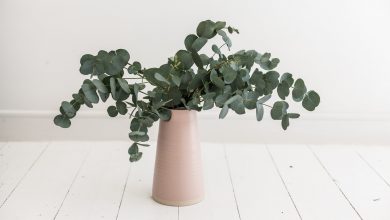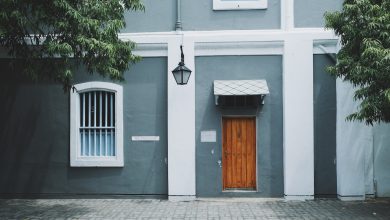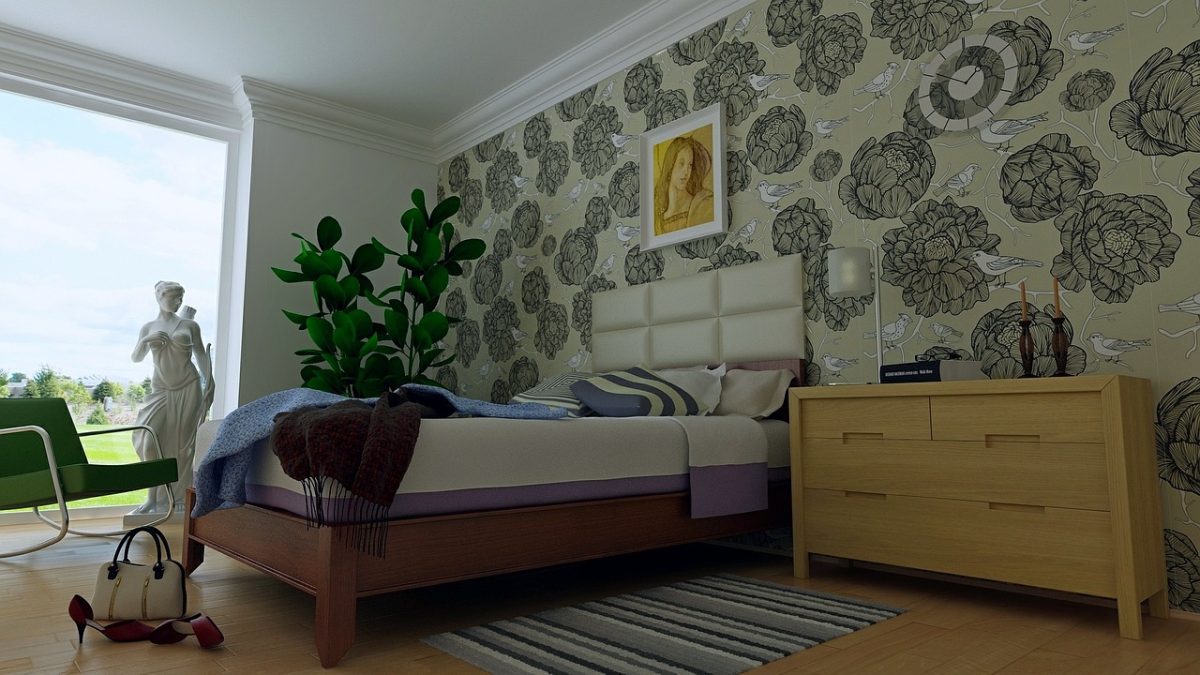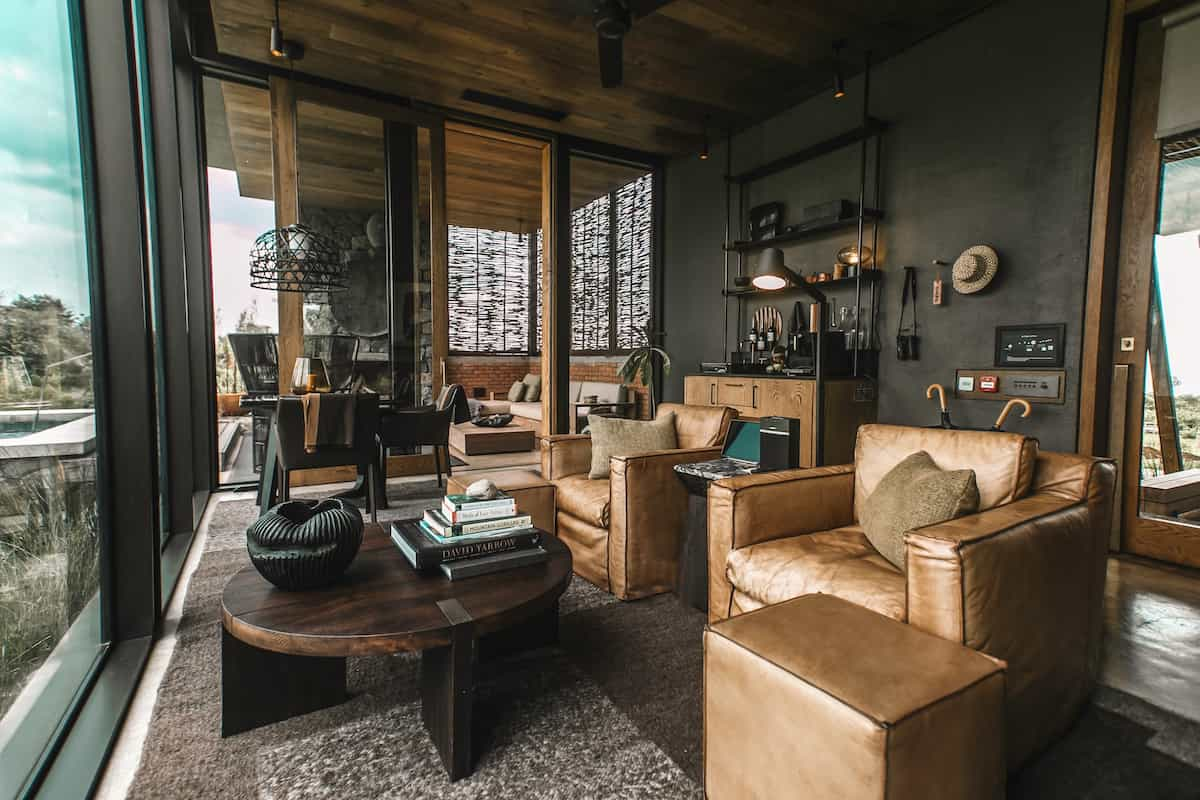Why should you use porcelain stoneware?
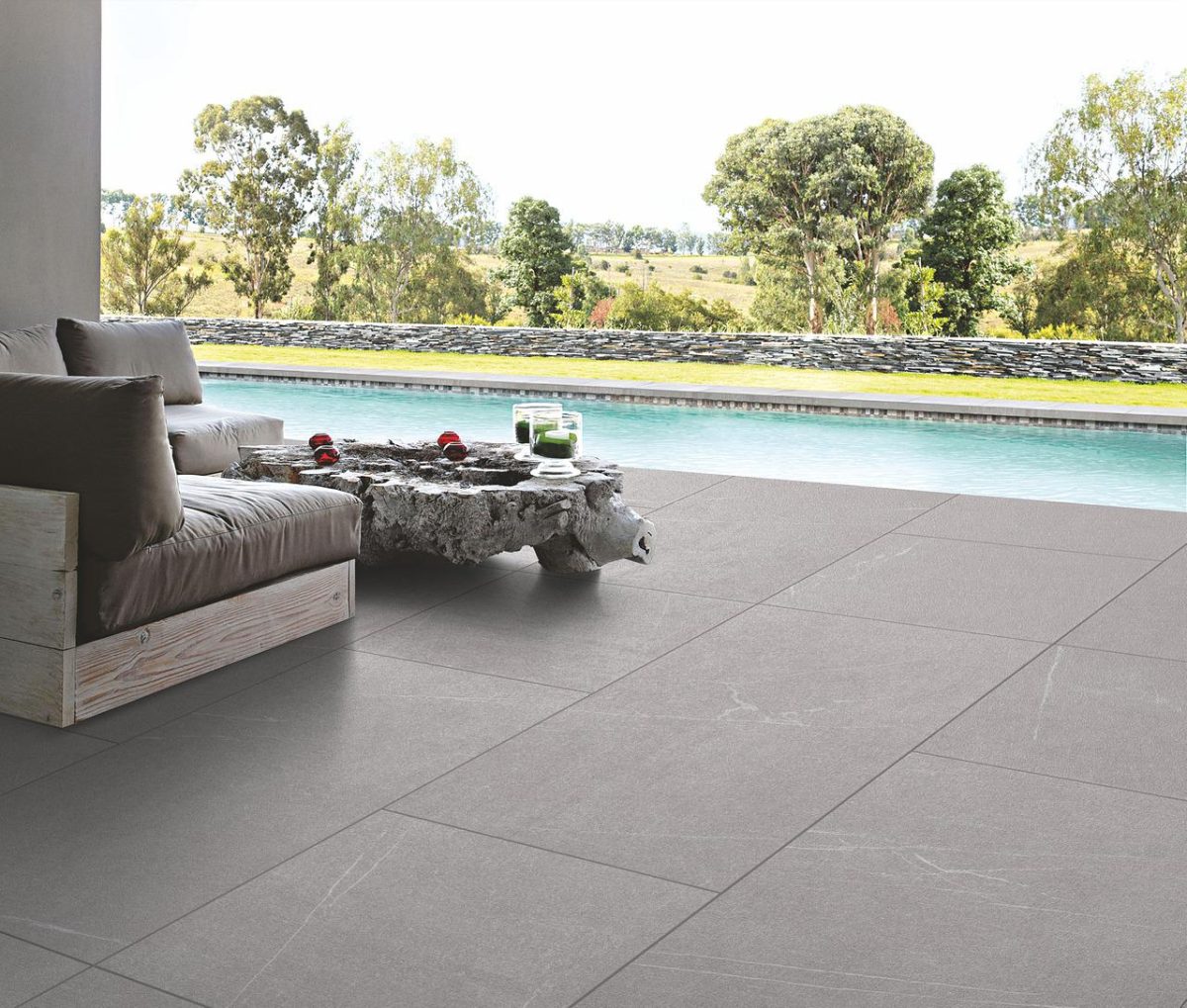
Porcelain stoneware is one of the most practical and aesthetically attractive finishing materials. Initially, it was used exclusively for technical purposes – in public places and industrial enterprises. However, modern technology has made it possible to create new types of tiles that combine the outstanding characteristics and properties of Porcelain Tiles with a wide variety of design options and a rich palette of textures and shades.
Resistance of porcelain stoneware to abrasion
Wear resistance is another essential property of best porcelain tiles. To assess the degree of abrasion of tiles, special tests are carried out with the impact on the surface of the material with a special corundum abrasive roller.
The gradation of resistance to abrasion of porcelain stoneware is carried out according to the PEI scale and is as follows:
- PEI I (assigned in the absence of traces of abrasion after 150 rotations of the roller) – this material is used in rooms with minimal traffic and optimal indicators of temperature and humidity, most often for dining rooms and bathrooms in houses and apartments.
- PEI II (after 600 rotations of the roller) – suitable for flooring and walls in the bathroom, kitchen, loggia or balcony.
- PEI III (1500 abrasion cycles) – used for halls, hallways and verandas of private cottages, as well as for flooring in small offices.
- PEI IV (over 1500 abrasion cycles) is the most common and versatile material. Able to withstand a sufficiently high load, making it suitable for finishing offices, cottages, hotels and stairs in apartment buildings.
- PEI V (more than 12,000 abrasion cycles) – porcelain stoneware with maximum wear resistance. It is used for decoration of stairs and halls in public institutions, shopping centers and even at railway stations and airports.
Analysis of the wear resistance of porcelain stoneware is carried out exclusively on glazed tiles. Such tests are not carried out on material with a matte surface.

